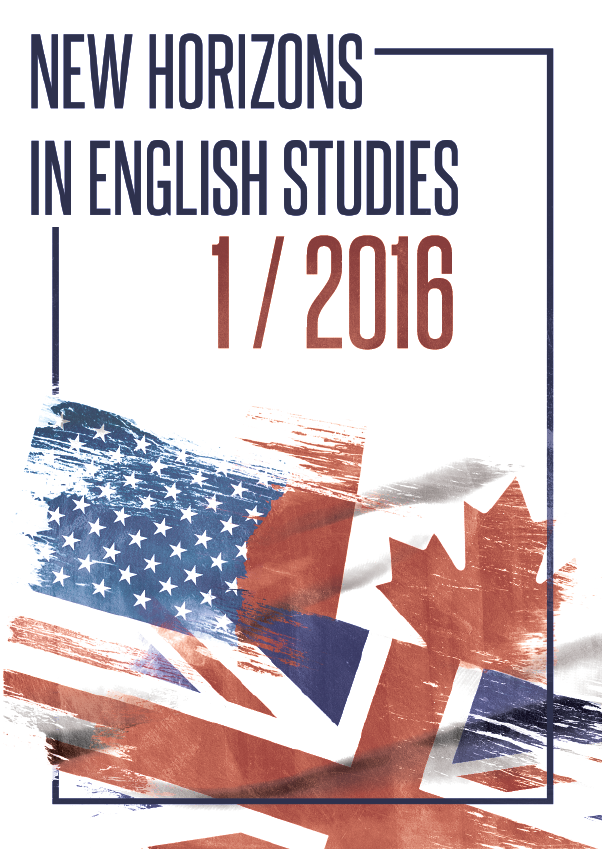Creative Use of Sound in the Cinematic Adaptation of The Great Gatsby
Creative Use of Sound in the Cinematic Adaptation of The Great Gatsby
Author(s): Lidia KniaźSubject(s): Social Sciences, Fine Arts / Performing Arts, Media studies, Music, Communication studies, Film / Cinema / Cinematography
Published by: Wydawnictwo Naukowe Uniwersytetu Marii Curie-Sklodowskiej
Keywords: soundscape;ambidiegesis;score;micro sonic deliberation
Summary/Abstract: Sound design in film, described as “sound editing viewed artistically or aesthetically in terms of the shaping of the sound track in a film” (Buhler 2009, 430), is by definition a creative process demanding from its producers a great deal of inventiveness and aural imagination. Surprisingly, if one assumes that creativity is the key to successful sound design, it seems that very few contemporary soundtracks can be called successful at all. The goal of this paper is to examine the art of sound production in Baz Luhrmann‘s The Great Gatsby (2013) in terms of its creative use of sound. The analysis will focus on scenes from the movie in which sound does more to the overall impression and interpretation of the film than merely confirm the story that is told. Meanings of sound sequences in The Great Gatsby will be examined by in juxtaposition with selected plot elements. The sound in Luhrmann’s production is creative mostly because it serves unique and unexpected functions that make it different from what seems to be the usual cinematic practice. It correlates with images in an innovative way, plays with diegetic vs. non-diegetic distinction (which is applied in the score analysis), and creates certain sonic spaces through skillful editing. All these “subtle-but-meaningful cinemusical details” (Holbrook 2011, 252) allow for interpreting the film in contemporary contexts.
Journal: New Horizons in English Studies
- Issue Year: 1/2016
- Issue No: 1
- Page Range: 79-86
- Page Count: 8
- Language: English

